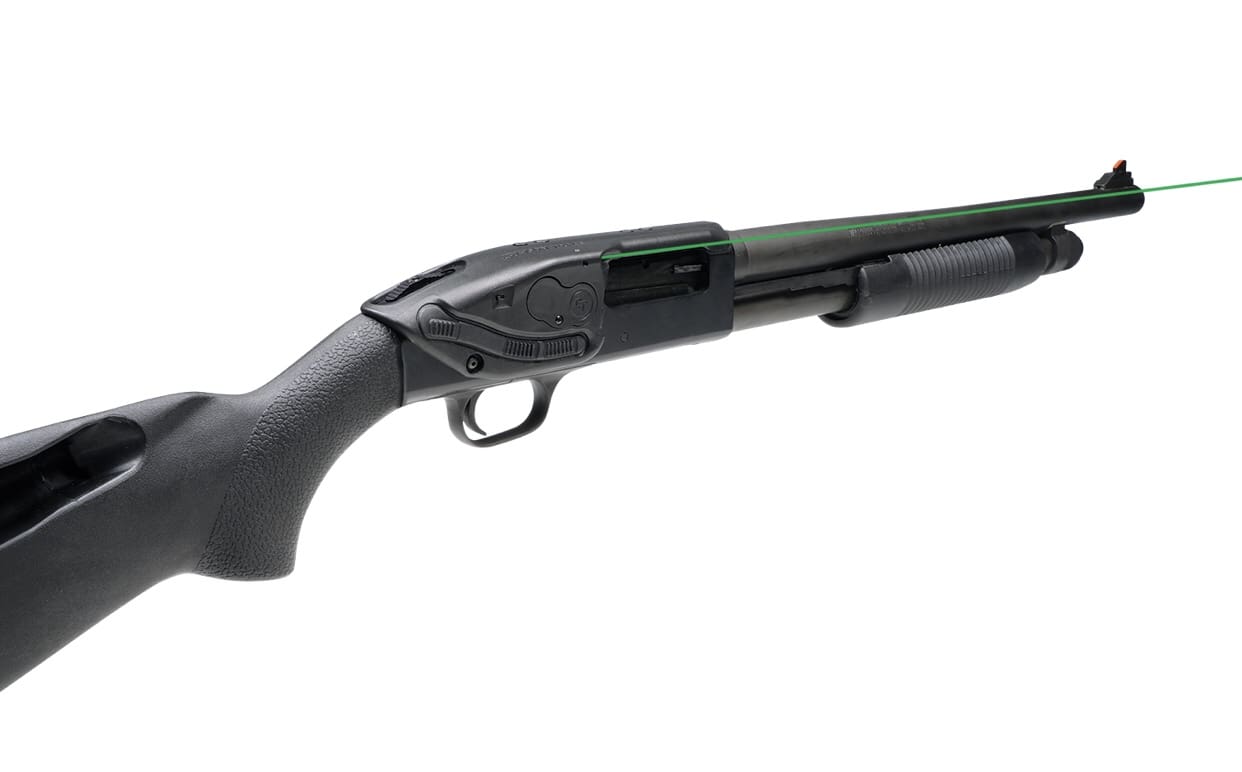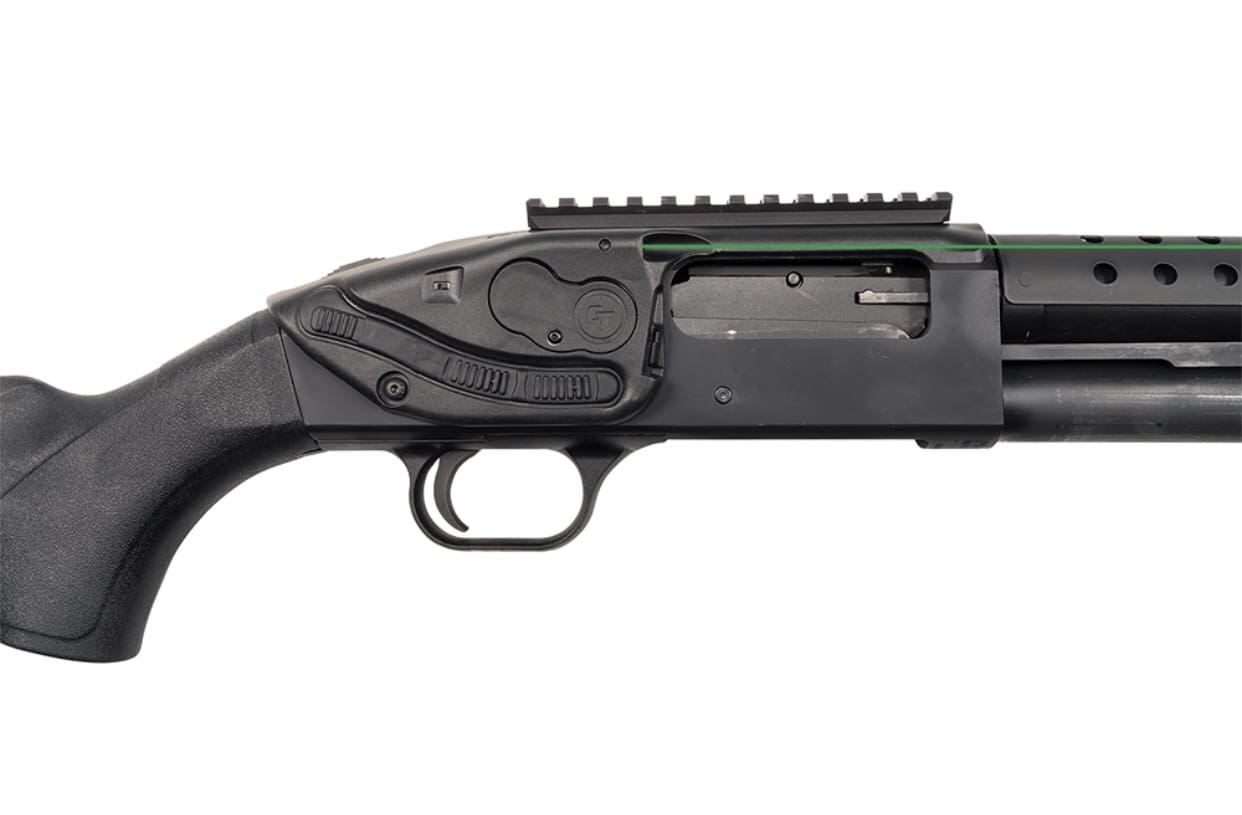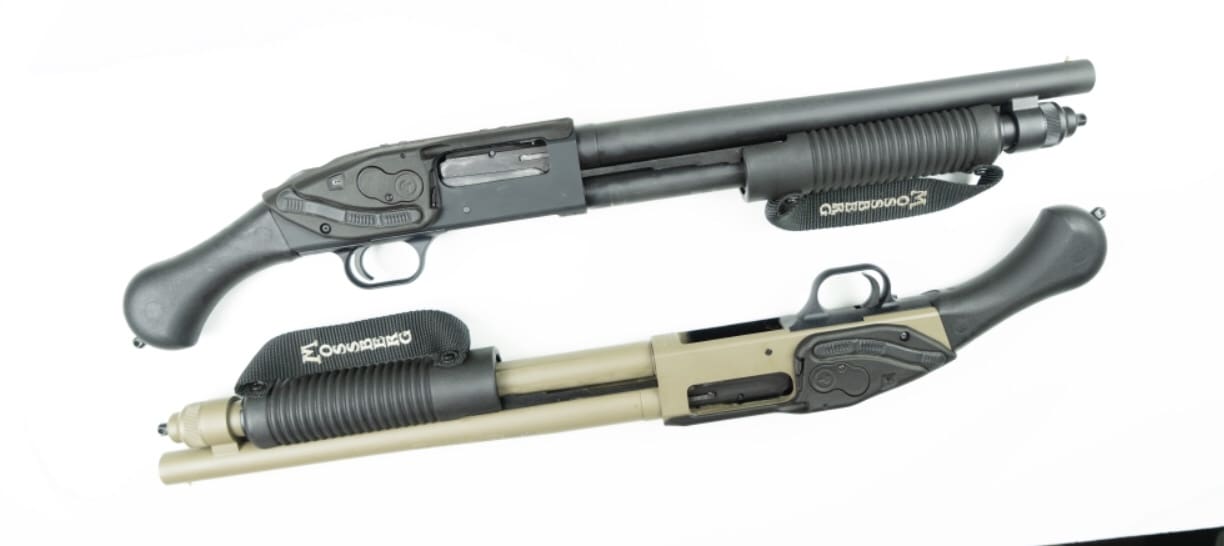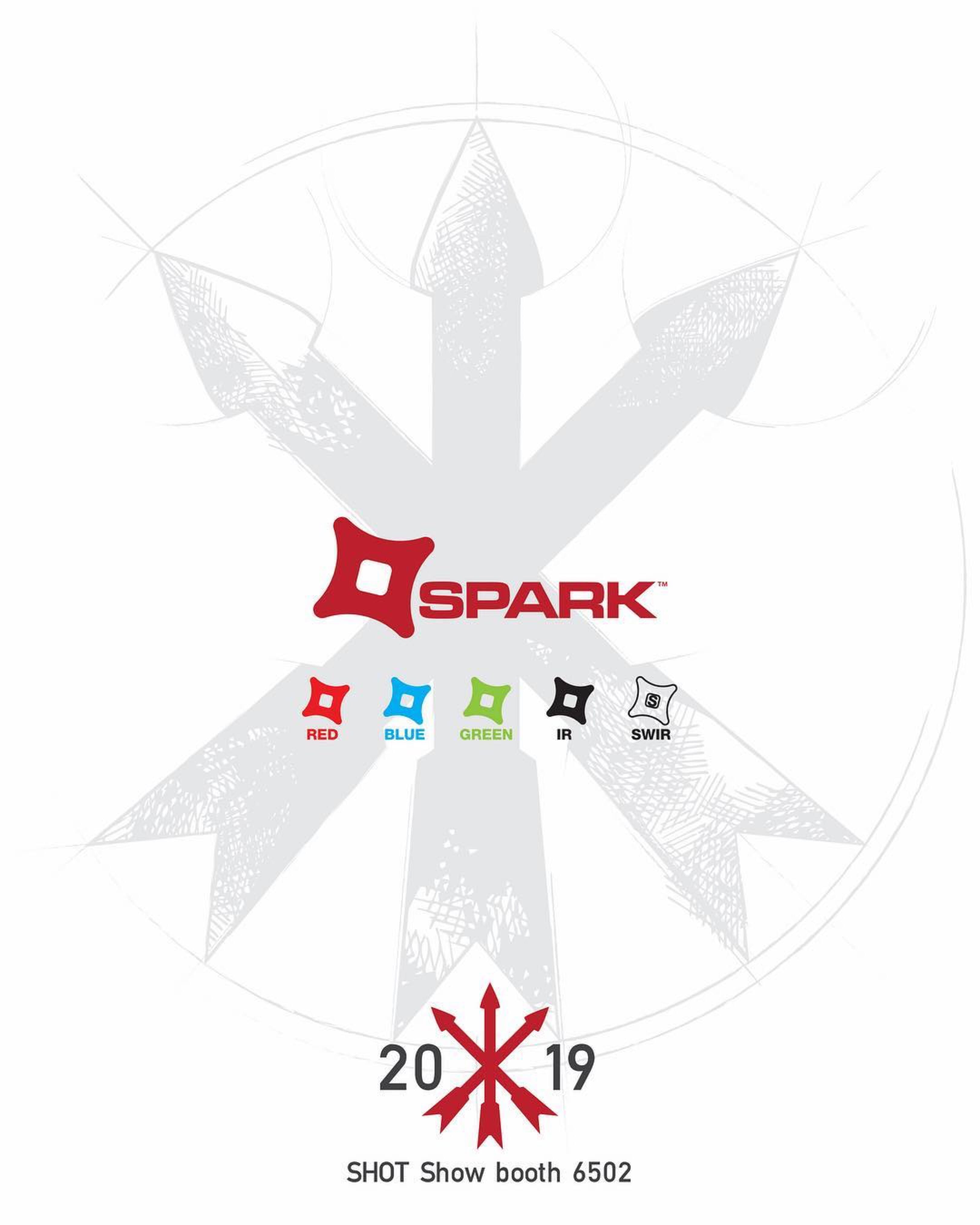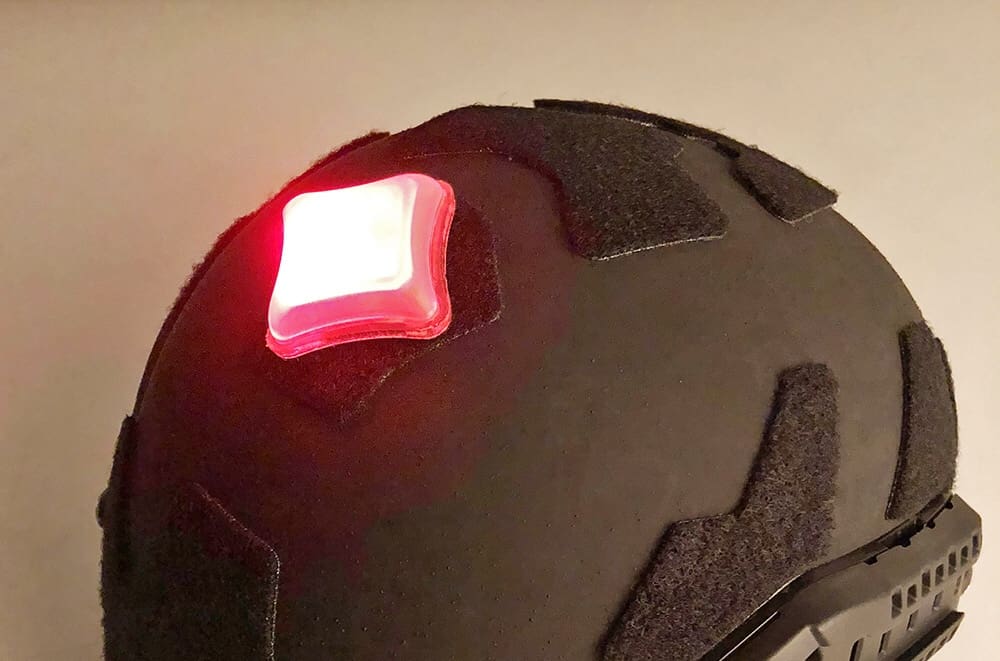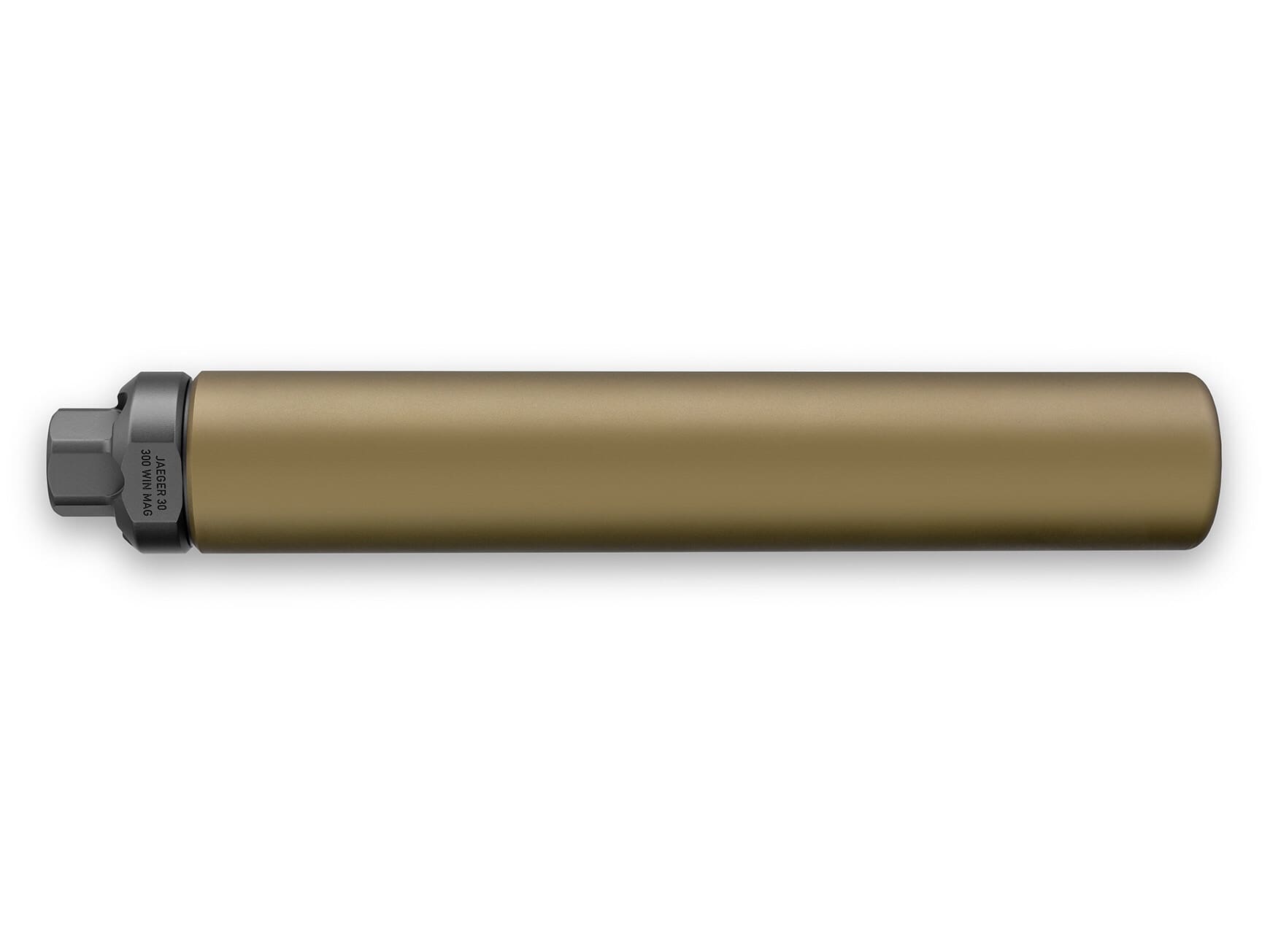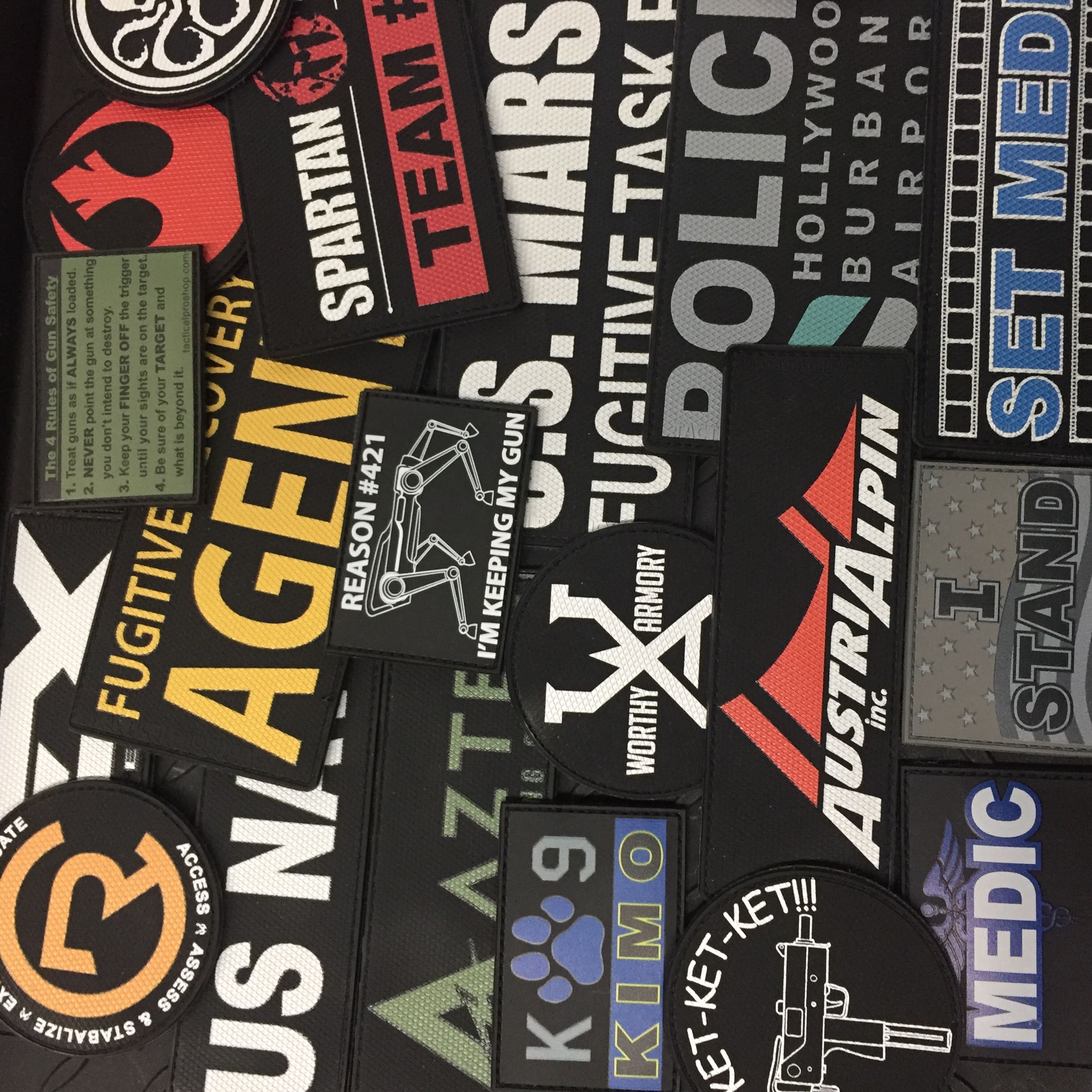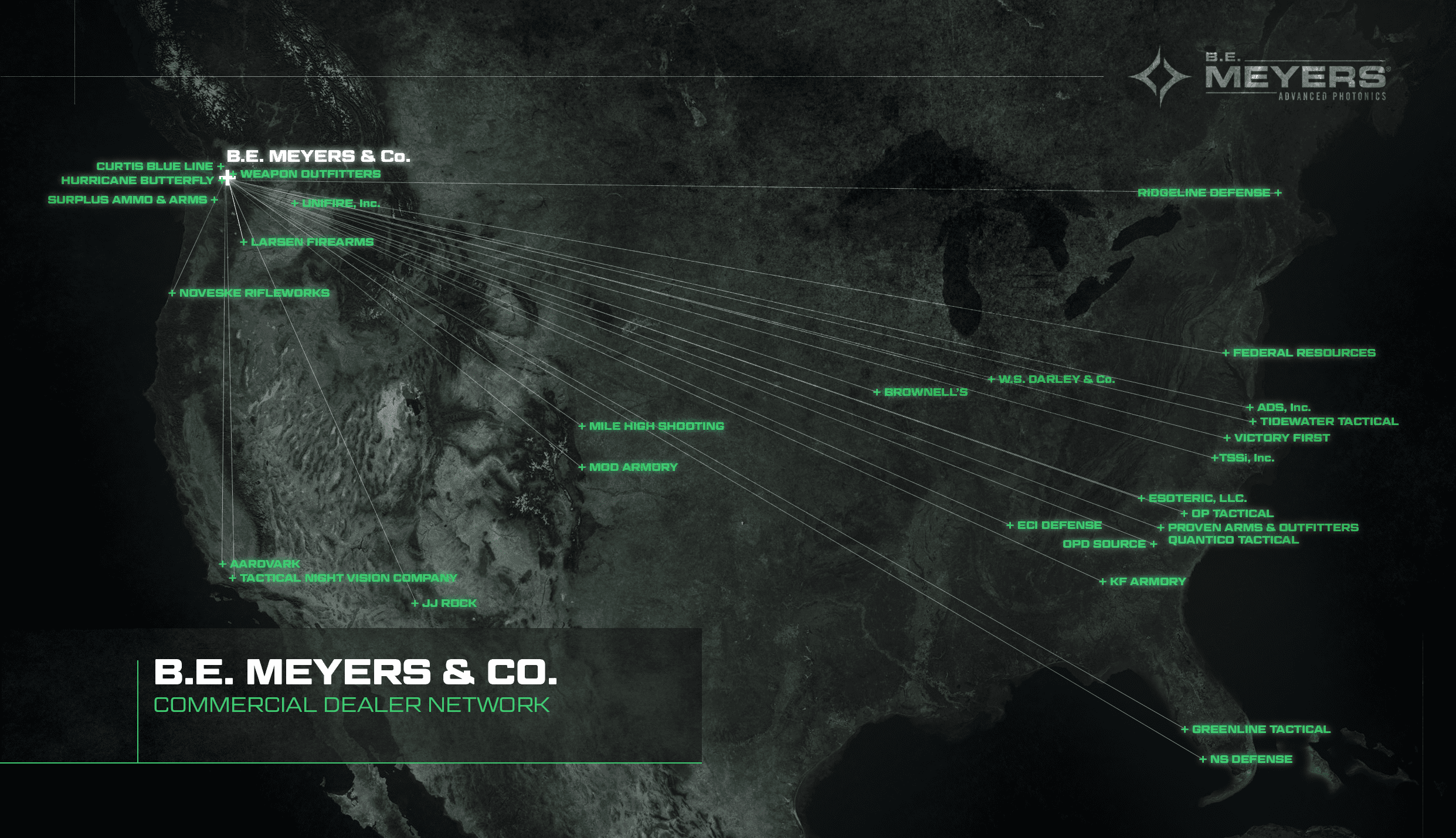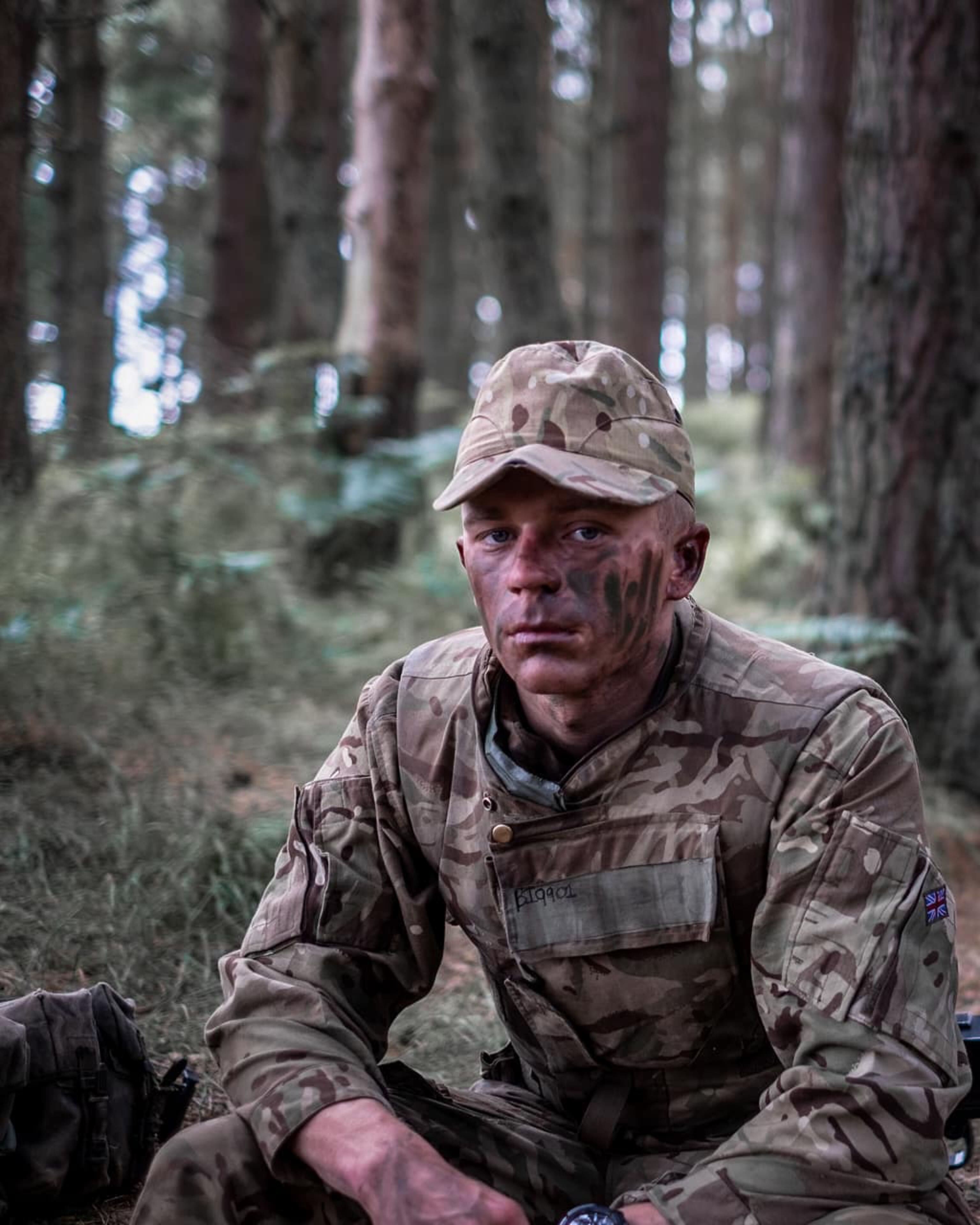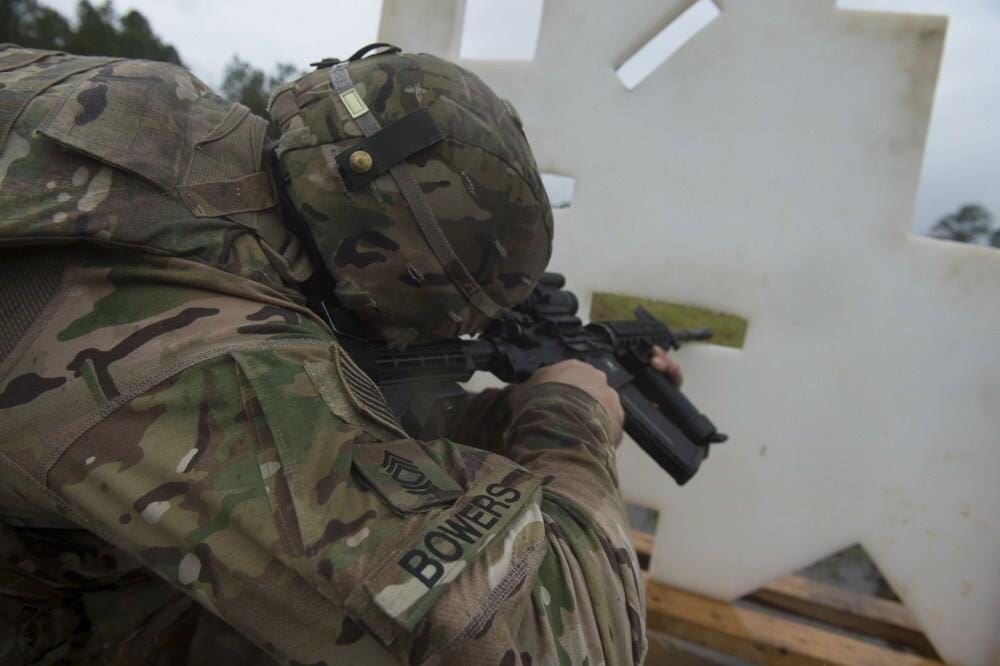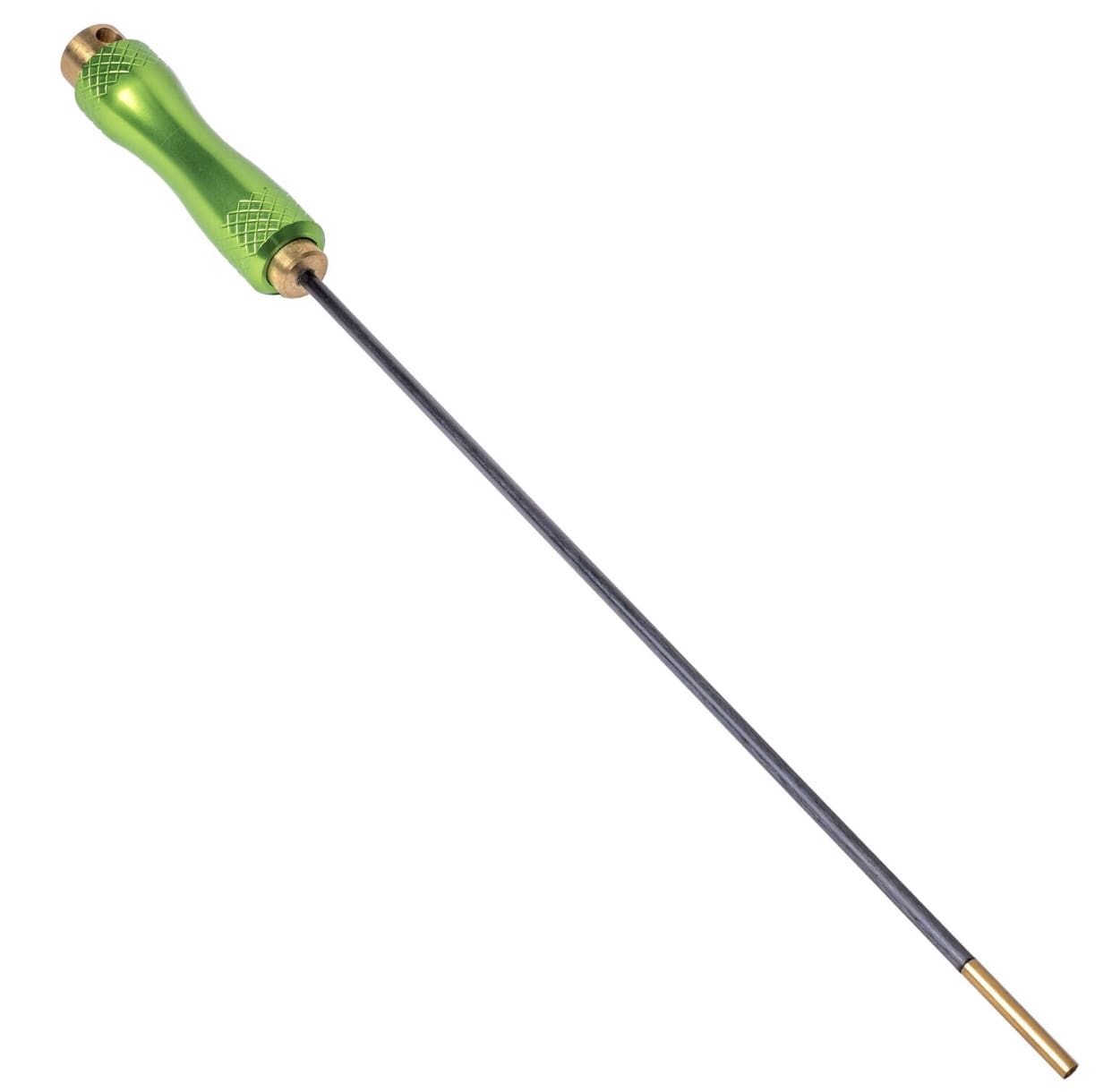
January 11, 2019 – Breakthrough® Clean Technologies, makers of the finest gun cleaning solvent, lubricant and gun maintenance products is proud to announce the release of their new premium carbon fiber gun cleaning rods. Featuring our new Smooth Operator™ ergonomic handle and two premium ball bearing sets, these rods can smoothly migrate through the bore of your barrel without binding up under pressure. Its carbon fiber rod offers you the security of knowing you’ll never have to worry about scratching or damaging the rifling inside the barrel of your firearm. It’s lightweight yet durable carbon fiber construction is long lasting and won’t permanently bend or break under pressure.
Available in the following lengths:
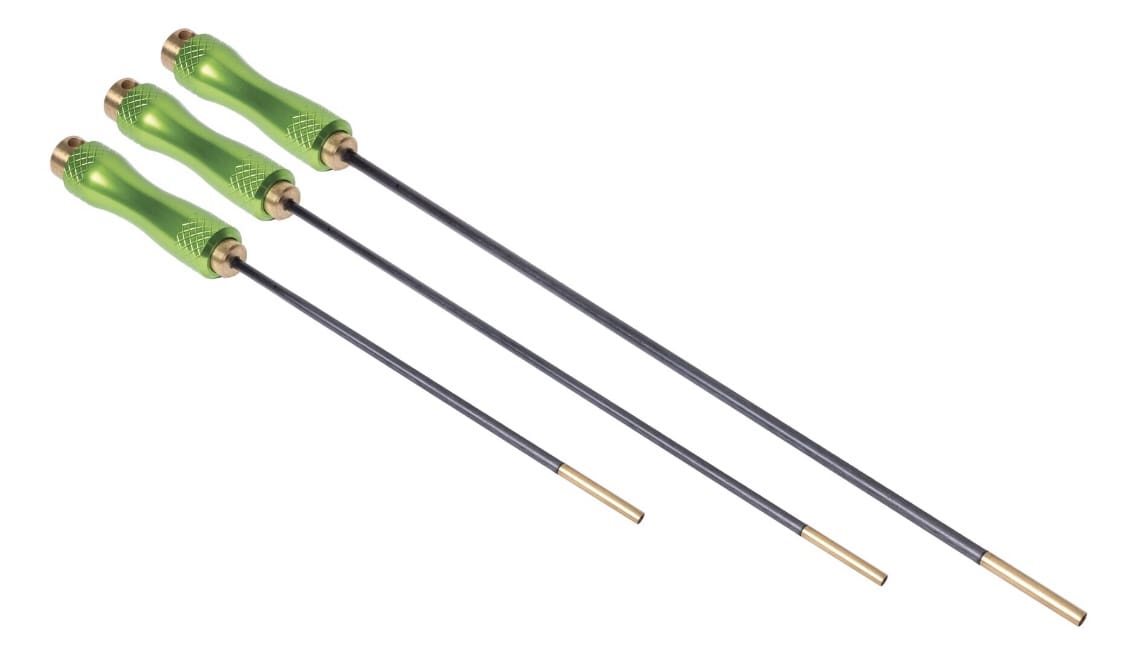
• 12-inch length $29.95
5 mm — .22 cal thru .50 cal handguns
Fits all standard 8-32 threading.
• 39-inch length $44.95
5 mm — .22 cal thru .50 cal rifles
Fits all standard 8-32 threading.
• 45-inch length $49.95
7 mm —.30 cal rifles thru 12 gauge shotguns
Fits all standard 8-32 threading
5/16-inch-27 Thread Adapter included.
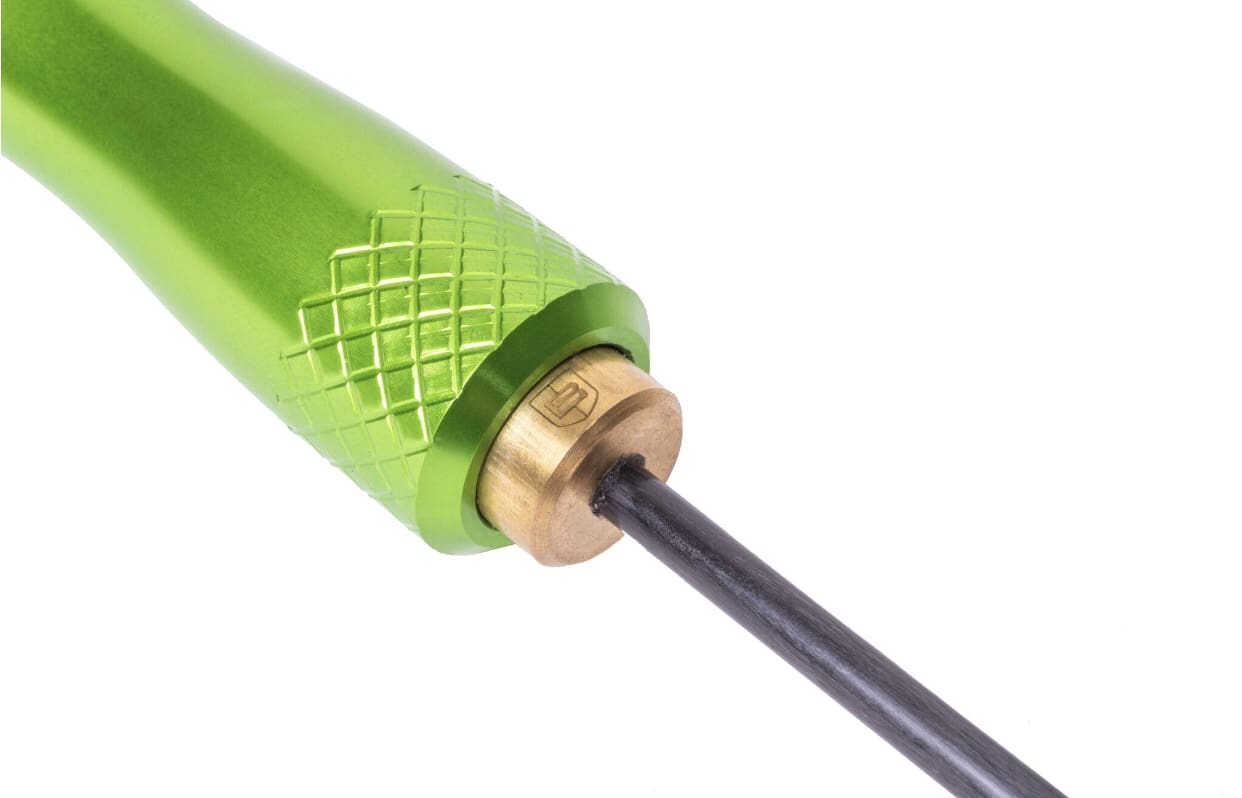
Learn more about Breakthrough Clean products visit: www.breakthroughclean.com


